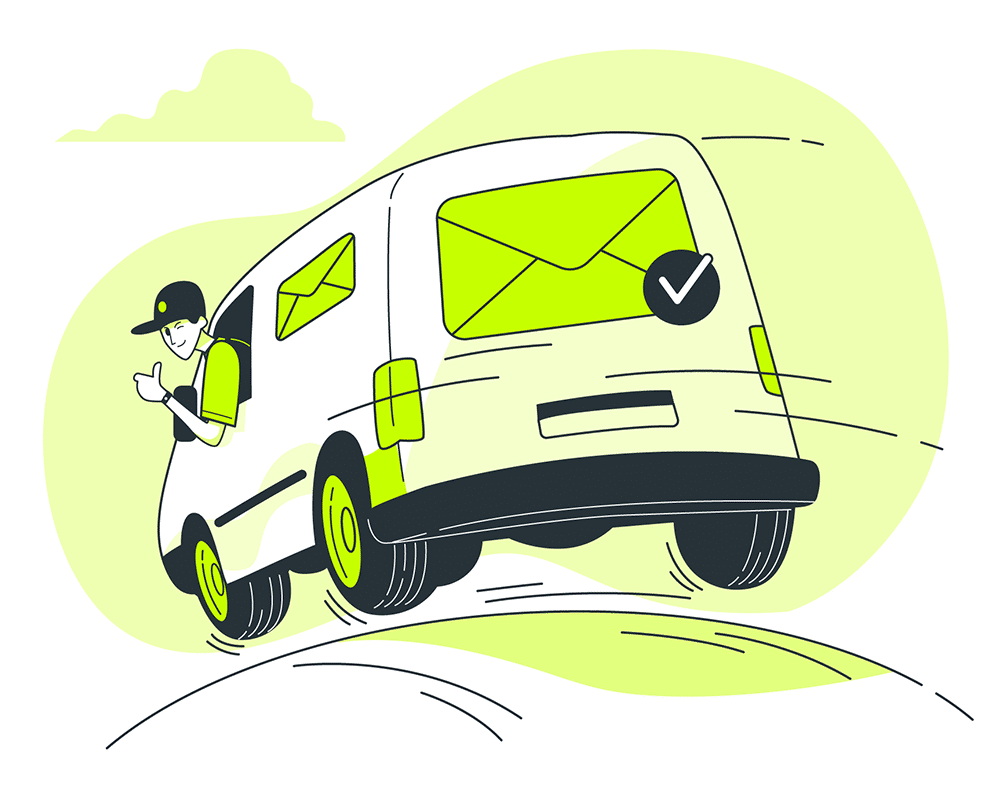Campaign-based marketing is a method of communicating with customers in a planned, consistent way. With a longitudinal plan, we can lay out communications with a prospect far in advance. Through a persuasive and persistent campaign of messages (typically over email), we can draw customers into our fold.
The Value of Slowness

Let’s imagine a campaign from the prospect’s perspective. They visit your website, and discover some products they like, but don’t need anything at the moment. So they don’t forget about your company, they sign up for your email newsletter. Over the coming four weeks, the prospect receives a carefully designed series of emails about new products, blog posts, or sale items.
At the end of the campaign, the prospect receives a coupon for 20 percent off. This is the final touchpoint of the first phase of the campaign. If the prospect uses their discount code, they’ll be enrolled in a second campaign for proven customers.
Had the prospect received all those emails in two days, they would not have been as effective. Likely, the now-annoyed prospect would have unsubscribed. By spacing content, not only do we allow an idea to “cook” in a prospect’s brain, but also keep refreshing your organization’s name in their brain. If you coordinate your schedule with some basic knowledge about memory, we can expect any prospects that open the email to have a strong reason to remember you.
Campaigns and Customer Stories
Campaigns view each prospect as an individual, with their own “story” with your company. In advertising, we talk about customer stories as the journey that a person takes from realizing your company exists to becoming a brand evangelist and loyal customer.

This “story” talk might be eye-roll inducing for some, but it’s an accurate description of a prospect’s interactions with your organization over time. Marketers use customer stories to plan their communications across all types of media and industries. We’ve learned that drenching everyone with the same email newsletter doesn’t produce the best results.
Technology gives us the tools to target ads with more precision than ever before, not just in terms of content, but also in terms of timeline. There was a time not too long ago when you couldn’t show everyone a different ad. You ran your ad in the paper or on TV and hoped it appealed to enough people to drive sales.
Today, technology gives us the power to calibrate our message precisely to resonate with any given prospect. This is mostly expressed in terms of the timeline: how long has it been since the prospect took a specific action, like signing up for a newsletter or ordering their first product? For more ideas about how to apply your sorted list, consider email segmentation.
Data-Driven Campaigns
We can also organize campaigns based on the prospect’s attributes. Whatever data we’re able to collect can sort users into different packages. This is harder to pin down, simply because the data is not as easy to get. But, with some standardized data concepts, you can create prospects with enough information to allow intelligent sorting. For example, if you collect each email subscriber’s job title along with their email address, you’ll have a much better sense of their role at the organization they work for.
For example, “IT Specialist” and “Product Manager” are two vastly different roles, and only one of them is valuable to you. Using a CRM like Zoho, you can generate a list of prospects with a specific job title. Then, you can create a segment from that list, and capture the selected contacts as a new “segment” of your email newsletter. This segment can be targeted for specific communications based on these attributes.
With Zoho Campaigns, you can coordinate long-running, longitudinal marketing plans that help you meaningfully connect with your prospects. Plan everything out upfront, then watch your successful strategy roll out over the course of your schedule. If you work with Zoho’s CRM, you can ingest data directly from your lists to build a campaign, reducing paperwork and tedious manual entry.









